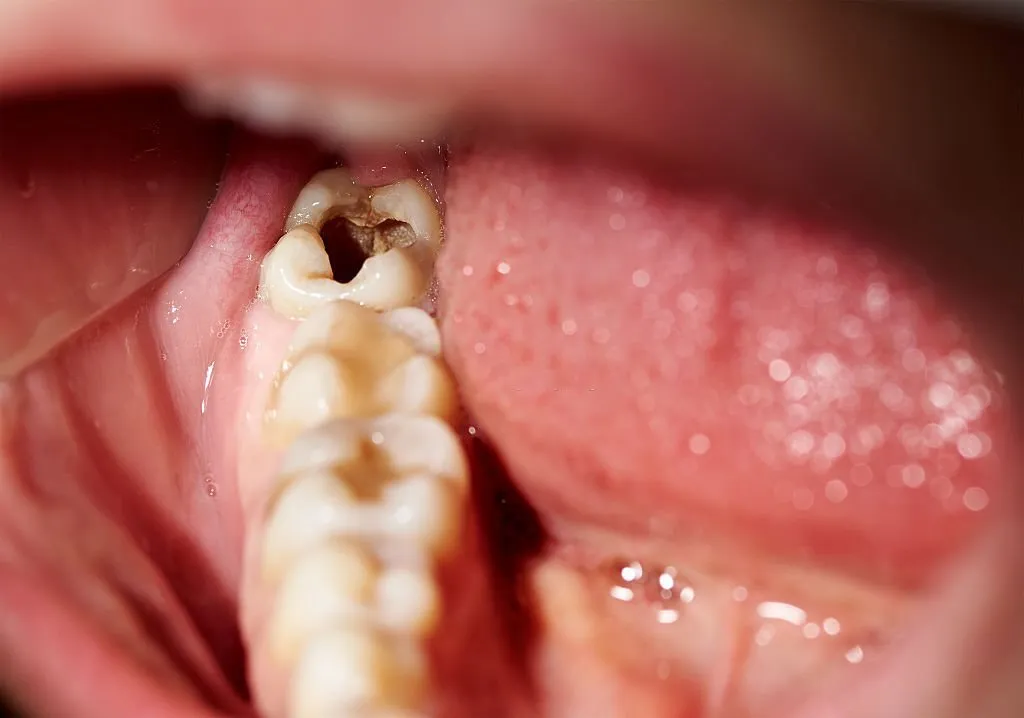Cavities are a common dental problem that can lead to discomfort and further damage if left untreated.
Understanding the importance of tooth fillings and their role in cavity treatment is crucial for maintaining your oral health.
Having a cavity filled may cause some discomfort, but it should not cause pain.
Anyone who experiences moderate or severe pain during or after the procedure should let their dentist know.
Understanding Cavities
Cavities, also known as dental caries, are areas of decay that form on the surface of teeth.
They are caused by a combination of factors, including poor oral hygiene, sugary foods, and bacteria in the mouth.
When plaque, a sticky film of bacteria, accumulates on the teeth, it produces acids that attack the tooth enamel, leading to the formation of cavities.
Signs and Symptoms of Cavities
Recognizing the signs and symptoms of cavities is essential for early detection and prompt treatment.
Some common indicators include tooth sensitivity to hot or cold temperatures, toothaches, and visible holes or pits in the teeth.
However, it’s important to note that not all cavities cause noticeable symptoms, making regular dental check-ups crucial for early diagnosis.
The Importance of Tooth Fillings
Tooth fillings play a vital role in treating cavities and restoring damaged teeth.
By removing the decayed portion of the tooth and filling it with a suitable material, such as amalgam or composite resin, the dentist can halt the progression of the cavity and prevent further decay.
Tooth fillings help to preserve natural teeth, prevent tooth loss, and restore both the function and aesthetics of the affected tooth.
The Tooth Filling Procedure
The tooth-filling procedure typically involves several steps to ensure a successful outcome:
- Numbing the area: Before the procedure begins, the dentist will administer local anesthesia to numb the area and ensure a painless experience for the patient.
- Removing decay: Using specialized dental tools, the dentist carefully removes the decayed portion of the tooth, leaving behind healthy tooth structure.
- Tooth preparation: The tooth is shaped and prepared to create an ideal space for the filling material to be placed securely.
- Filling placement: Depending on the specific case and patient’s needs, different types of filling materials, such as amalgam or composite resin, may be used. Amalgam fillings are durable and cost-effective, while composite fillings can be matched to the natural tooth color for a more aesthetically pleasing result.
- Bonding and shaping: The filling material is bonded to the prepared tooth structure, ensuring a strong and seamless restoration. The dentist will shape the filling to mimic the natural contours of the tooth, providing a comfortable bite and a natural appearance.
- Polishing: The final step involves polishing the filling to achieve a smooth texture, blending it seamlessly with the surrounding tooth structure.
Tooth fillings are a fundamental treatment for cavities, providing a reliable solution to restore damaged teeth and prevent further decay.
Understanding the causes, signs, and importance of tooth fillings is crucial for maintaining your oral health and preserving your natural teeth.
At Smile Perfection, we are dedicated to providing quality dental care and guiding you towards a healthy, beautiful smile.
If you suspect a cavity or require tooth filling treatment, don’t hesitate to schedule an appointment with our experienced dental professionals.
Remember, early intervention and regular dental check-ups are key to preventing dental problems and maintaining optimal oral health.
Take the first step towards a cavity-free smile by prioritizing your dental health.
Trust the expertise of Smile Perfection for comprehensive dental care and personalized treatments. Say goodbye to cavities and hello to a confident, radiant smile!




